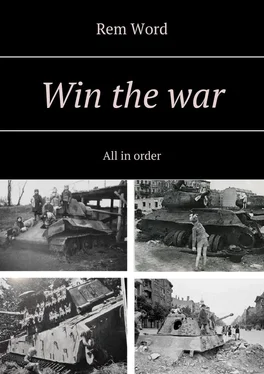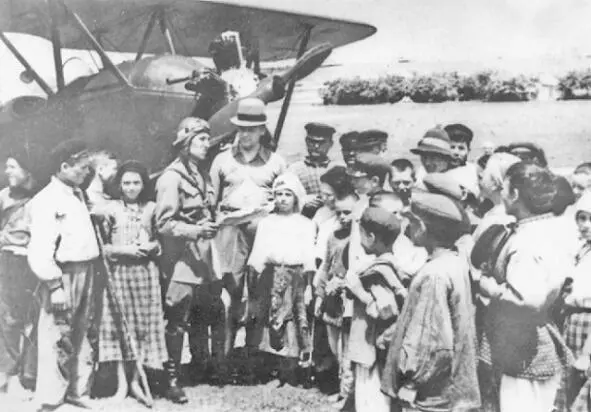
The USSR government sends an ultimatum to the Romanian government demanding the return of Bessarabia (the former Russian province, rejected by Romania in 1920) and Northern Bukovina as compensation for the exploitation of the population of Bessarabia. It takes place on June 27, 1940. A few hours before the Soviet invasion, the Romanian king accepts the conditions. The resulting land is divided between Soviet Ukraine and Moldova. The USSR receives 3.7 million people and 50 thousand square meters. km territory. 28 thousand heads of wealthy families are deported to Siberia
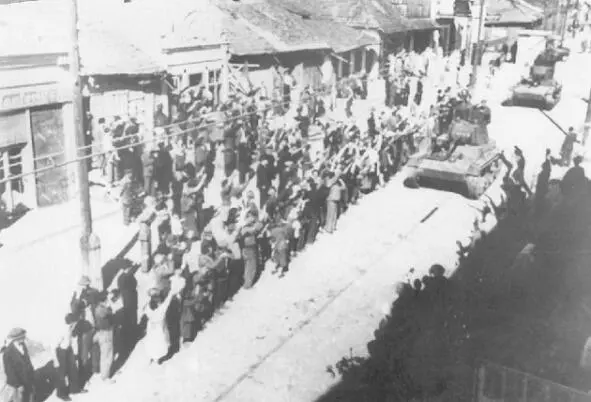
The population of Bessarabia, indeed, has suffered humiliation from the Romanian authorities, it turns out loyal to the Soviet government. Ethnic Romanians and Ukrainians (85%) of Bukovyna, 0.8 million people who did not experience such a relationship, belong to annexation without enthusiasm. The photograph shows a parade of Soviet troops and a festive demonstration in Chisinau, July 3, 1940.
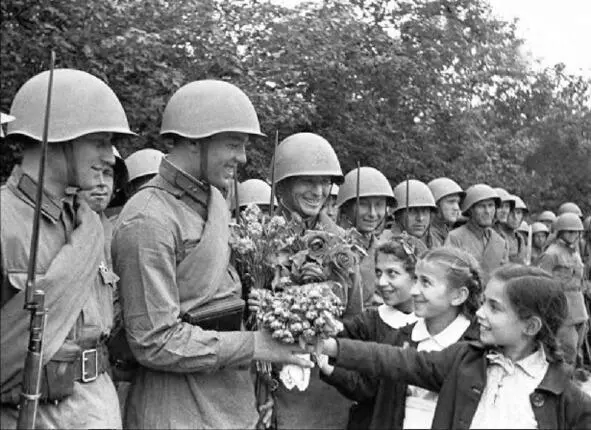
Representatives of the young generation of Bessarabia (Moldavia) present flowers to the soldiers of the Red Army
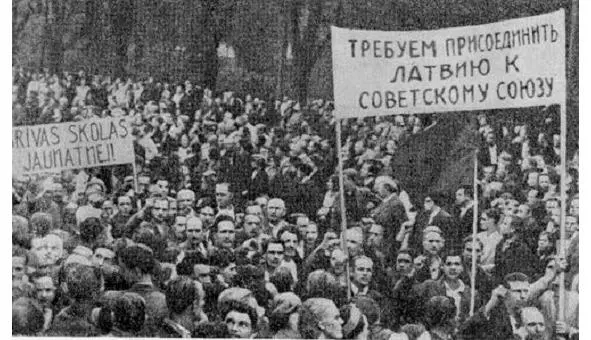
In October 1940, the Soviet Union proposed to Estonia, Latvia and Lithuania, according to the mutual assistance agreement, to place on their territory a military contingent of 25,000 people, for protection against Germany. It is already clear that the Red Army is inclined to achieve its goals, despite the loss. Two weeks later, the governments of these countries are accused of conspiring with Germany (which is partly true), repressing foreigners and shifting. In the summer of 1940, according to the results of the popular vote, the republics form communist governments and adopt the Declaration of entry into the Soviet Union. These decisions are immediately approved by the Supreme Soviet of the USSR. According to the documents of the NKVD dated June 17, 1941, 5,663 people were imprisoned in Lithuania, mainly police officers and «classical capitalists», 10,186 people were relocated, 5,624 and 9,547 Latvia, respectively, 3,179 and 5,979 Estonia. Lithuanian President Antanas Smyatona emigrates to Germany, then Switzerland and the United States. His Estonian colleague Konstantin Päts is deported with his family to Siberia, gets 25 years of camps, has been detained in a prison psychiatric clinic since 1942, dies there in 1956 with the pro-Soviet government, and in particular, publishes the «Pest Control Act.» Later, he begins to realize the situation and asks the Kremlin for permission to travel to Switzerland. As a result, he enters the camp of the NKVD near Krasnovodsk (Turkmenistan), where, in 1942, he dies. Photography is a demonstration of the population of Latvia for joining the Soviet Union. June 1940
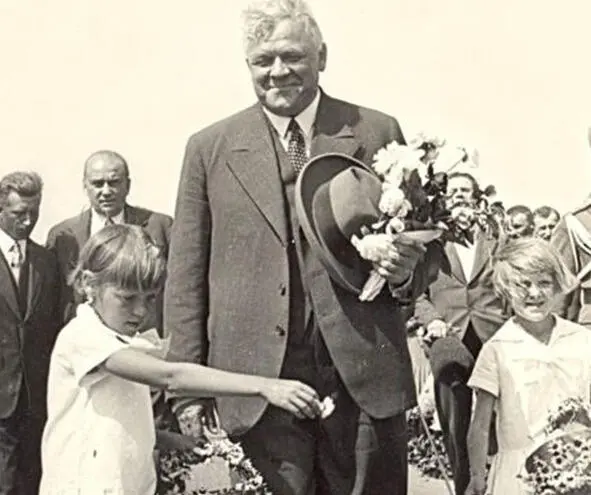
Karlis Ulmanis, Head of Latvia

Anastastas Smyatona, the prudent head of Lithuania
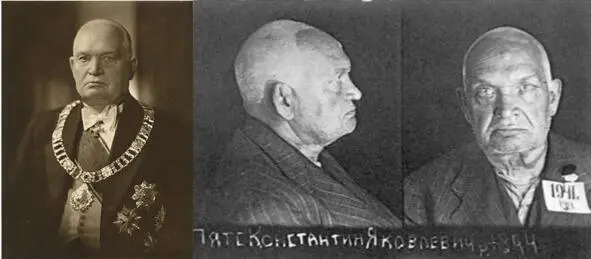
Konstantin Päts, head of Estonia
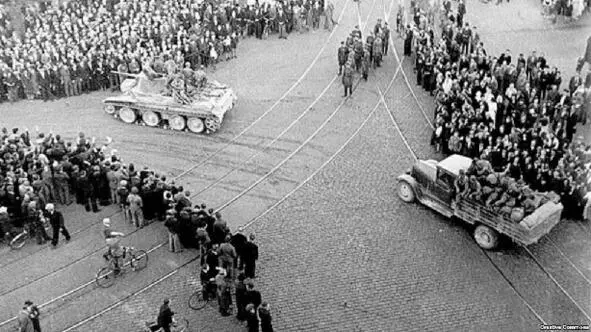
Parade of Soviet troops in Riga, autumn 1940
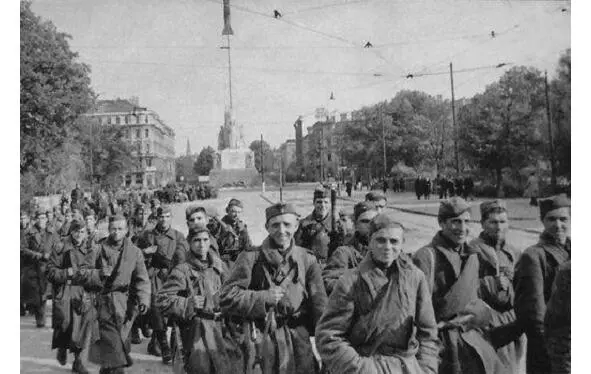
Soviet soldiers in Riga, 1940
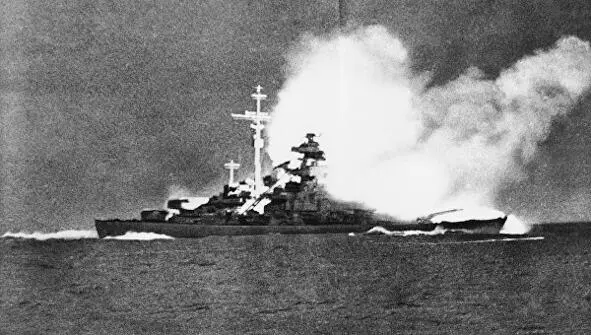
Since July 1940, the battle for the Atlantic has intensified. Germany receives new naval bases. France comes out of the war, and fascist Italy, on the contrary, enters it. The photograph shows the death of the British heavy cruiser «Hood», the morning of May 24, 1941. Until then, the ship was marked by the holding of Atlantic convoys and the flooding of the battleship «Brittany» during Operation Catapult. Thousands of French sailors leave their lives at once. Now the Hood, in a group of battleships and 6 destroyers, goes to intercept the German battleship Bismarck and the heavy cruiser Prince Eugen. The British cruiser opens fire from 24 km., And in full swing approaches with opponents. A volley of one of the German ships covers the developing «Hood» from 15—18 km. The cruiser for some time follows the same course and, a kilometer away from the «Prince Eugen», from a powerful explosion, it breaks in half. On the German cruiser falls hail of debris. 1415 people die. 3 sailors are saved
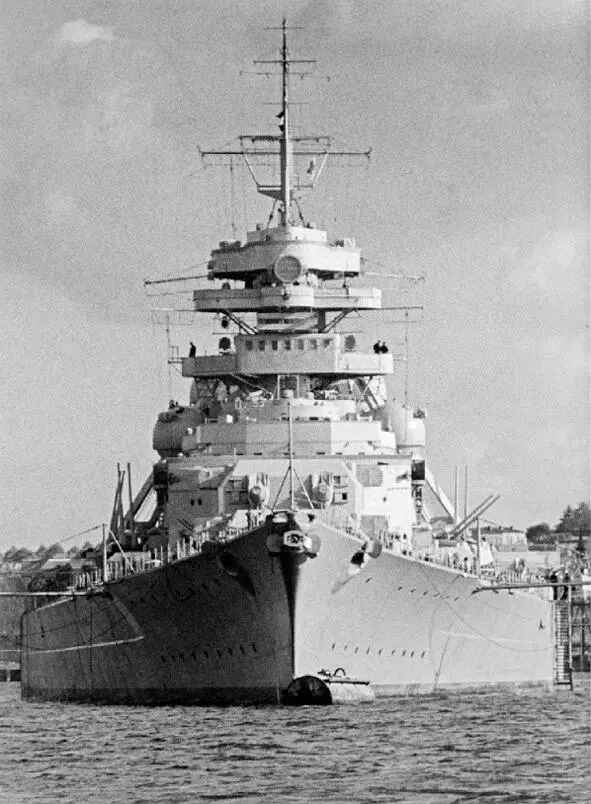
The German battleship «Bismarck», the largest ship of its time. The displacement curb – 50 000 tons (two times higher than that of the aircraft carrier), length 251 meters, width 36 meters, draft 10 meters. The maximum speed of 55 km. hours, autonomous navigation range of 17 000 km. The main armament is eight 380 mm. cannons in four towers.
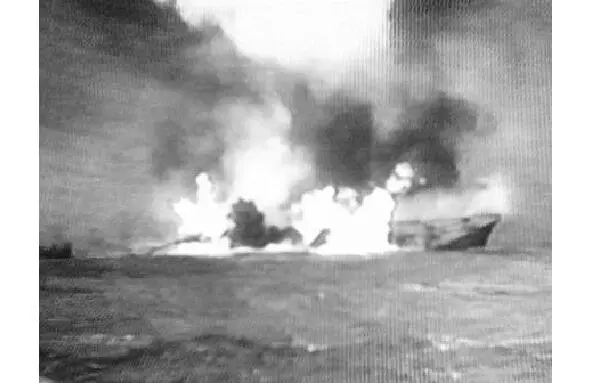
In the evening, the same on May 24, 1941, the Bismarck receives a torpedo into the board from one of the seven Suordfish torpedo bombers that took off from the deck of the approached aircraft carrier. The British extremely painfully perceive the death of the «Hood» and intend to by all means get rid of the battleship. The torpedo gets into the armored belt (145—320 mm.) And does not produce any particular effect. Sailor dies. The air attack is repeated on May 25, more successfully. One of two or three torpedoes damages the steering, so that the ship begins to describe the circulation (moves in a spiral). In this state, «Bismarck» has to take the battle with two battleships, a heavy cruiser and several destroyers. German submarines do not have time to come to the rescue. Photography is the last minutes of a superlinked flame.
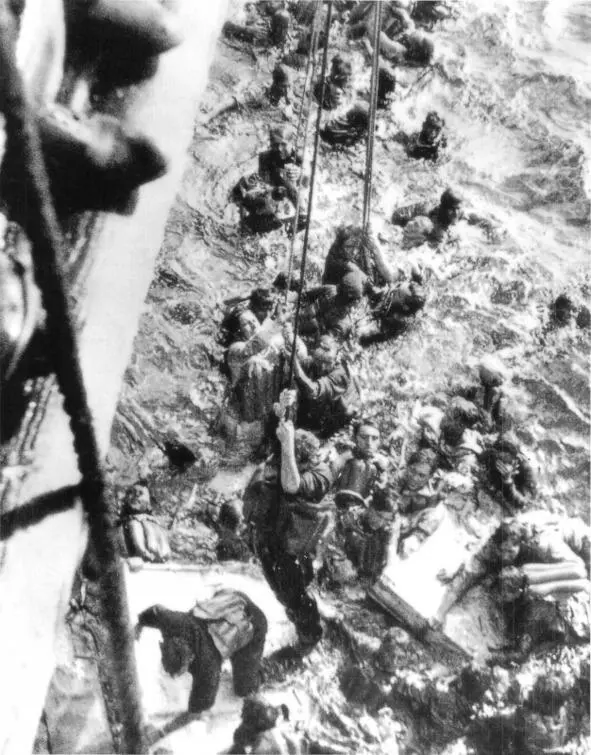
The roll negatively affects the accuracy of the Bismarck. British shells destroy the main ranging post and damage the tower. English heavy cruiser hits superlinkor with three torpedoes. The ship flips up the keel. Out of 2,220 people, 114 are saved (three are taken up by a German submarine that has approached). Since then, the German command covers the strike force of the surface fleet, especially in the winding Norwegian fjords. German kriegsmarine go to the tactics of unlimited submarine warfare. If before, before sinking the transport vessel, the crew of the submarine was obliged to give the appropriate signals, wait until the seamen sail into the boats, now there are no such tenderness. Photography – the surviving sailors of the Bismarck ascend a British ship
Читать дальше
